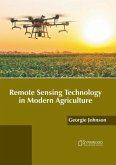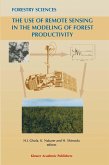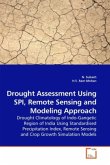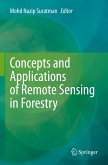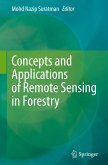Remote sensing is the process of detecting and monitoring the physical characteristics of an area by measuring its reflected and emitted radiation at a distance from a satellite, drone or aircraft. It is used in several fields including photography, geology, and surveying. Remote sensing plays an instrumental role in the field of crop production and management. It is used extensively for forecasting crop production, assessing crop damage and crop progress, identifying pests and disease infestation, soil mapping, monitoring and managing irrigation, and collecting past and current weather data. Crop intensification is another important application of remote sensing that involves collecting important data related to crops including crop rotation needs, cropping pattern, and crop diversity over a given piece of land. The remote sensing data can also be used in crop models, which show the relationships among plant, water and soil. Such models help reveal water stress and its effects on crop growth and development. This book is a detailed explanation of the various applications of remote sensing in crop plants. It is a vital tool for all researching or studying the role of remote sensing in crop production as it gives incredible insights into emerging modeling methods and applications.



